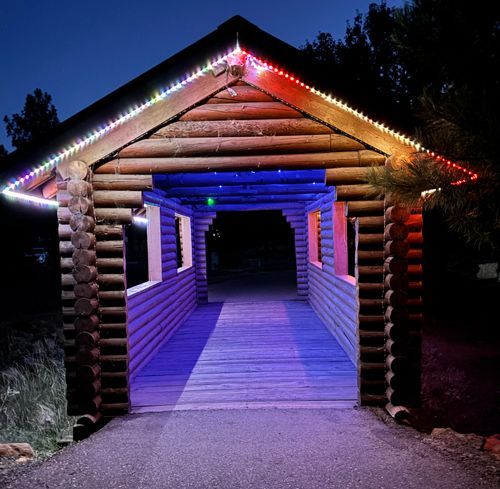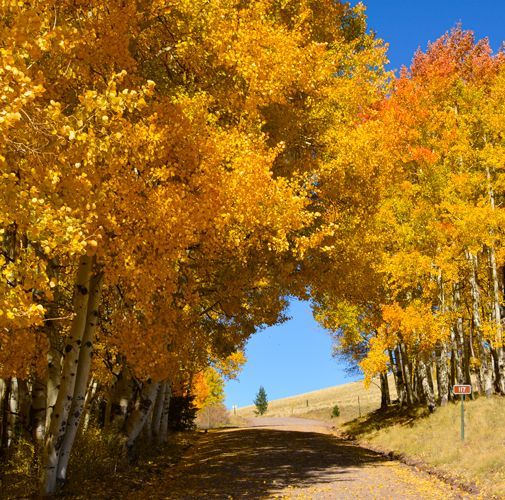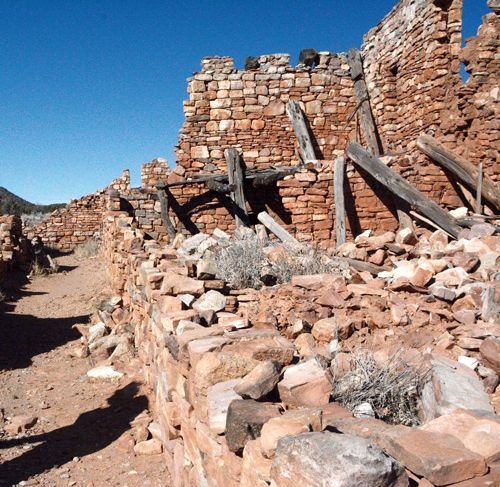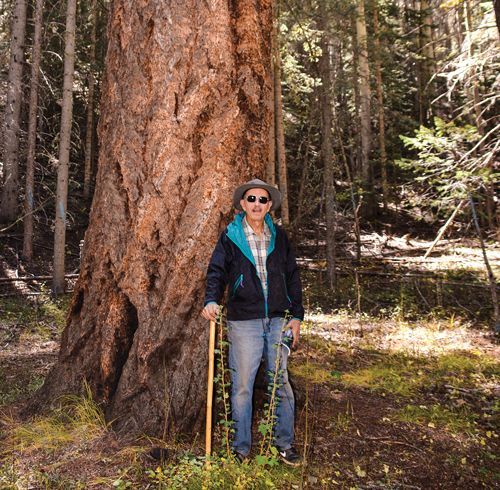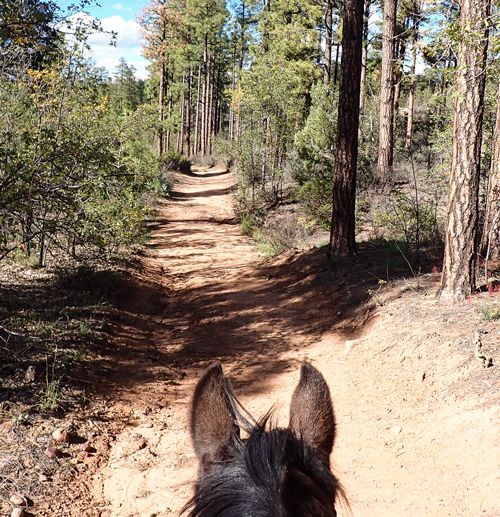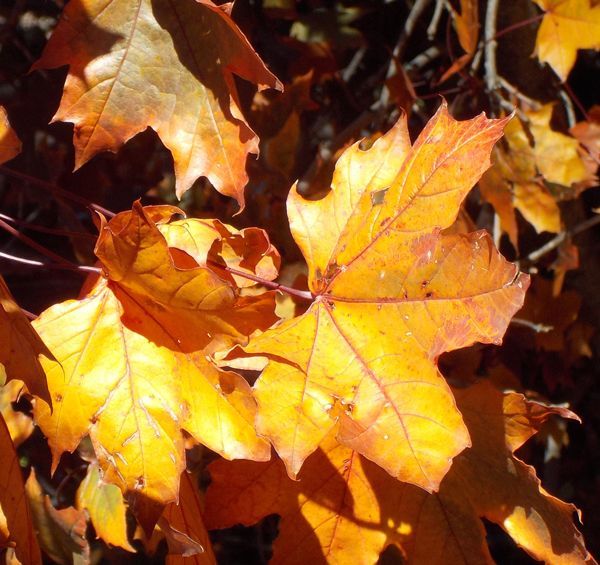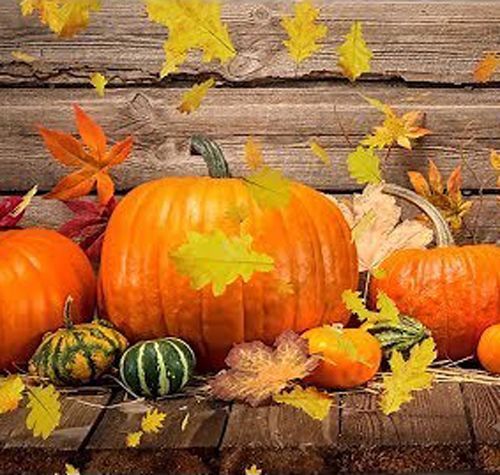With a BIG CHRISTMAS SURPRISE this year!
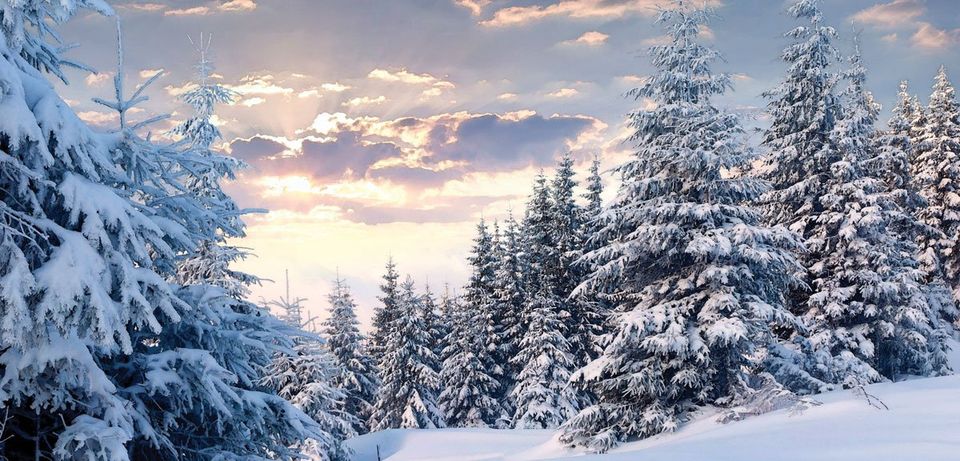
Get ready for some long, chilly nights! Winter comes to the Northern Hemisphere on December 21st at 5:02 a.m. EST (according to the Farmers’ Almanac) which means it will start at 2:02 a.m. PST; 3:02 a.m. MT and 4:03 a.m. CST. That marks the beginning of the Winter Solstice in the Northern Hemisphere. (Just to keep you knowledgeable: The Southern Hemisphere Winter Solstice will start on June 20, 2021 at 11:32 p.m. EST.)
So, what is the Winter Solstice? It is an annual occurrence when the sun is at its southernmost point in the Northern Hemisphere. Commonly known as the shortest day of the year, there is the least amount of daylight on that day -- thus the longest night -- and it means that the North Pole is farthest from the sun.
Some people get the solstice and the equinox confused but they are not the same thing. According to the Encyclopedia Britannica, they are “sort of opposites.” Because the planet rotates on a tilted axis, different locations receive differing amounts of sunlight as the year wears on. The solstices mark the days at which the path of the sun travels farthest north or south from the earth’s equator which is why the Winter Solstice in December is the shortest day of the year and the Summer Solstice in June is the longest.
The equinoxes, on the other hand, take place in March and September and are the times in the spring and fall where the sun is directly above the equator and daylight and nighttime are relatively equal.
So, what is the Christmas surprise? Actually, it arrives before Christmas and is a rare “Christmas Star” to light up the sky for the Winter Solstice. “Star of wonder, star of night,” as the Christmas carol goes and, as Christmas approaches, sky watchers will be treated to a celestial wonder that hasn’t been seen so clearly since 1226 – a “Christmas Star!”
This rare phenomenon occurs when the planets (not stars) Jupiter and Saturn get very close and appear to almost collide – looking somewhat like a double planet when viewed from Earth.
Some astronomers believe that the ‘star of Bethlehem’ in the Biblical Nativity story was a joining of Jupiter, Saturn and Mars.
“These kinds of alignments between these two planets are quite rare, occurring once every 20 years or so but this particular conjunction of Jupiter and Saturn is exceptionally rare because of how close the planets will look to those of us watching from the Earth! You would have to go back to just before dawn on March 4, 1226 to see a closer alignment between these objects visible in the night sky. “ (From an interview for Forbes magazine with Astronomer Patrick Hartigan with Rice University.)
On the Winter Solstice, the planets will appear just a tenth of a degree apart which is equivalent to the thickness of a dime held at arm’s length, according to NASA, who also said that this event won’t happen again until the year 2080.
Skywatchers hoping to spot Jupiter and Saturn and their near-collision in the sky can do so on December 21st – the date of the Winter Solstice – through binoculars or a small telescope – according to NASA, and possibly throughout the month.
Historically, many cultures around the world celebrate or acknowledge the importance of the Winter Solstice and there is significant mythology around it. According to National Geographic, ancient Egyptians built the Temple of Karnak “in alignment with the Winter Solstice,” and similar tributes can be found in Cambodia’s Angkor Wat or in Peru’s Machu Picchu.
History.com tells us that in China, Dong Zhi honors the Solstice with traditional Chinese dishes as an occasion for families to gather. In contemporary Iran, as well as countries like Afghanistan and Tajikistan, Shab-e Yakla is celebrated on the Solstice which is a gathering for people to “protect each other from evil.” And in England, about 5,000 people traditionally gather at the site of Stonehenge each year for Solstice celebrations and to watch the sunrise, which is organized by local pagan and druid groups. However, it is unclear how the 2020 COVID-19 pandemic will affect these events.
So, get your winter woolies out and be ready to enjoy this “Christmas Star!”

